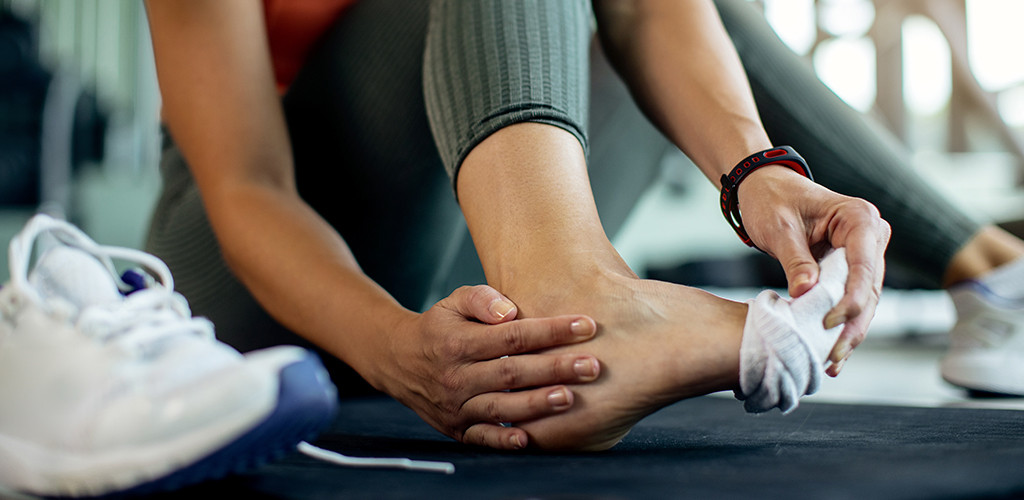
Plantar fasciitis
Plantar fasciitis is one of the most common orthopedic conditions that affects millions of people worldwide and manifests as heel pain. Most of the people suffering from plantar fasciitis are of active age - between 25 and 65 years.
The plantar fascia is a tough, fibrous band of tissue that runs from the heel to the toes of your feet and supports the arch of the foot. When this plantar fascia is overloaded or overstretched it loses some of its elasticity and resilience and can become inflamed. Inflammation causes pain and stiffness in the heel.
Causes of plantar fasciitis
The cause of plantar fasciitis is not completely clear. As risk factors we can indicate:
Main symptoms of plantar fasciitis
Symptoms may appear suddenly after intense physical activity or develop gradually over time. Early recognition of symptoms is essential for correct treatment.
1.Pain in the heel or back of the foot is the main symptom of plantar fasciitis. This pain can be:
2.Tenderness to the touch of the affected area, especially near the heel.
3.Stiffness of the foot after a prolonged period of immobilization.
Plantar Fasciitis Diagnosis
If you have constant pain in your feet or suspect that you have plantar fasciitis, you should consult a specialist doctor (orthopedic). Early diagnosis and an appropriate treatment plan can relieve your symptoms and improve your quality of life.
In addition to the physical examination, you may be ordered to have an ultrasound or magnetic resonance imaging (MRI). Ultrasound is the most commonly used imaging modality for this condition due to its availability, speed, and dynamic imaging capabilities.
Treatment of plantar fasciitis
Most people with plantar fasciitis recover within a few months after conservative treatment. Conservative measures to manage the symptoms of plantar fasciitis usually include:
1. Rest.
Usually, the first step in treatment is to limit or stop the activities that cause the pain. This period of rest will give the plantar fascia a chance to recover.
2. Physiotherapy.
Specific exercises to stretch the plantar fascia, the Achilles tendon and to strengthen the muscles in the lower part of the legs. A physical therapy program may also include ice treatments, massage, and other therapies to reduce inflammation.
3. Ice.
Applying ice to the affected area can help reduce inflammation and relieve pain. (MediVaric Plantar Fasciitis Anklet with Gel pad and Copper Yarn)
4. Wearing orthopedic insoles, suitable shoes or stockings.
Wear shoes with good support and cushioning. Do not walk barefoot or in flat shoes without arch support. Your doctor may recommend orthopedic insoles.
5. Orthotics
Your doctor may prescribe a plantar fasciitis orthesis
6. Night splints
You may be advised to wear a splint that keeps the plantar fascia and Achilles tendon stretched at night.
7. Medicines
Nonsteroidal anti-inflammatory drugs (NSAIDs) reduce pain and inflammation. Although they can be purchased without a prescription, it is good to take them under the control of a specialist, who will also determine the period of intake.
If the pain does not respond to the above treatments, your doctor may recommend: immobilization, corticosteroids, extracorporeal shock wave therapy (ESWT), PRP (platelet-rich plasma), laser therapy, or surgical treatment.
Complications
If not treated promptly, plantar fasciitis can lead to chronic pain in the heel and arch of the foot. The pain can change your gait, leading to further complications in your ankles, knees and hips. It is important not to ignore this condition and to seek medical help.
Free delivery on orders over 100 BGN
We are available every day from 9 to 17
100% security when paying online
Easy conditions for returning the purchased stock
